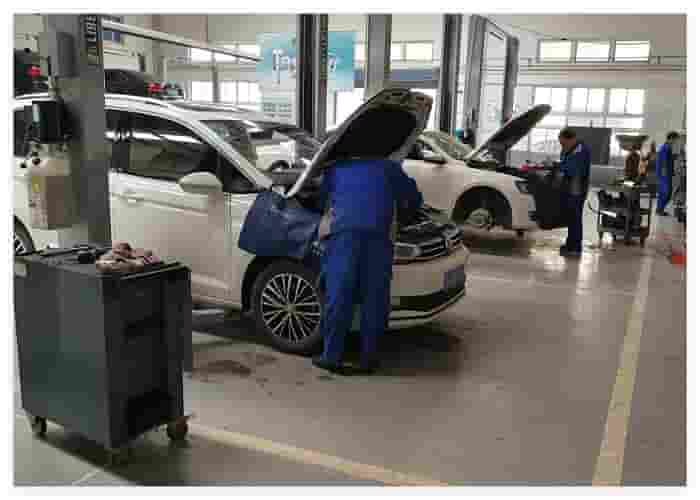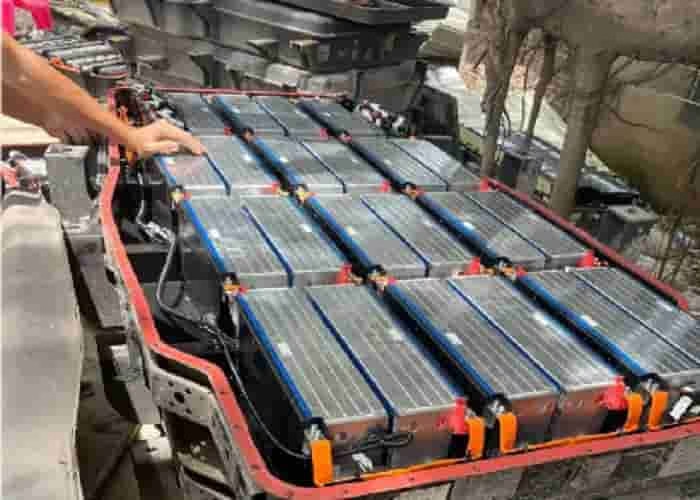Are new energy vehicle owners still anxious about charging due to insufficient charging infrastructure? The latest statistics released by the China Electric Vehicle Charging Infrastructure Promotion Alliance recently showed that the national charging infrastructure increased by 92,000 units in April, a year-on-year increase of 34.1%, and maintained a relatively fast growth for many consecutive months.
The demand for new energy charging is quietly changing.
The average monthly increase in public charging piles is about 85,000, but there is still a gap in the supply and demand of charging piles.
According to the data of the China Association of Automobile Manufacturers, as of now, the number of new energy vehicles in the country has exceeded 35 million. Faced with the scale of tens of millions of new energy vehicles, the demand for convenient energy replenishment by new energy vehicle owners is increasingly strong, which undoubtedly puts higher requirements on the construction of charging infrastructure. According to the statistics of the China Electric Vehicle Charging Infrastructure Promotion Alliance, as of the end of April, the member units of the alliance reported a total of 3.992 million public charging piles, including 1.834 million DC charging piles and 2.157 million AC charging piles. From May 2024 to April this year, the average monthly increase in public charging piles was about 85,000. As of the end of April, the total number of charging infrastructure in China was 14.064 million, a year-on-year increase of 46.3%. Among them, the total number of public charging piles built in 10 places including Guangdong and Zhejiang accounted for 67.7%.
It is worth mentioning that the national charging power is mainly concentrated in provinces such as Guangdong, Jiangsu, and Hebei, and the power flow is mainly buses and passenger cars, while other types of vehicles such as sanitation logistics vehicles and taxis account for a small proportion. In addition, the total charging power in China in April was about 6.14 billion kWh, an increase of 270 million kWh from March, a year-on-year increase of 55.6% and a month-on-month increase of 4.6%.
The Promotion Alliance stated that as of the end of April this year, the incremental ratio of piles to vehicles was 1:2.9, and the construction of charging infrastructure can basically meet the rapid development of new energy vehicles. The reporter noticed that the incremental ratio of piles to vehicles in the same period of 2024 was 1:2.5, which is related to the core data of the charging experience of new energy vehicle owners. This means that although the number of public charging piles is growing at a relatively fast rate, its growth rate still cannot meet the demand under the rapid expansion of the number of new energy vehicles, and the problem of charging difficulty still exists objectively.
Interconnection eases the dilemma and creates a good use environment
Against this background, many car companies have begun to pay attention to how to better meet users’ charging needs through cooperation and sharing
Previously, NIO has publicly stated many times that electric vehicle brands should build charging facilities simultaneously and open them to the public as much as possible. NIO said that more than 80% of the charging volume of its charging stations comes from non-NIO brand car owners. In addition, car companies such as Lantu, Tesla, and Zeekr have also opened their own charging facilities for other brands of models. Among them, Zeekr Automobile announced that its energy system has connected to more than 550,000 third-party public charging guns, covering more than 96% of cities across the country, with nearly 160,000 high-speed public charging guns and a high-speed charging gun coverage rate of more than 85%.
On January 17, Polar Fox Automobile announced that it had reached a charging interconnection cooperation with NIO Energy. The Polar Fox platform will connect to NIO Energy’s 9,000 super charging piles and 5,400 destination charging piles. The Polar Fox APP charging map will support nationwide query of charging pile real-time dynamics and scan code start and stop functions.
Regarding the strategic adjustment of car companies in the charging link, Chen Shihua, deputy secretary-general of the China Association of Automobile Manufacturers, told reporters that car companies’ self-built interconnected charging stations not only help alleviate consumers’ range anxiety and enhance their confidence in purchasing new energy vehicles, but also create a good use environment.
There is still room for improvement in the layout of the public charging infrastructure network according to local conditions
In order to further meet the growing demand for charging, in August 2024, the National Development and Reform Commission, the National Energy Administration, and the National Data Bureau issued the “Action Plan for Accelerating the Construction of a New Power System (2024-2027)” which clearly proposed to improve the layout of the charging infrastructure network. Focusing on the “two districts” (residential areas and office areas) and the “three centers” (commercial centers, industrial centers, and leisure centers), public charging infrastructure will be laid out according to local conditions, the coverage of highway charging networks will be expanded, and holiday charging service guarantees will be strengthened, charging facilities in rural areas will be effectively increased, and an increasingly complete charging infrastructure network will be gradually built.
Affected by this factor, many places have accelerated the layout of charging infrastructure.
Hubei Province issued the “Implementation Plan for Hubei Province’s Special Action to Boost Consumption”, proposing to promote the quality improvement of supercharging in highway service areas and full coverage of fast charging at entrances and exits, and to build and renovate more than 100,000 charging piles this year.
Shenzhen plans to build 300 supercharging stations this year, with a “supercharging/refueling” ratio of 1:1; by 2030, the number of supercharging stations will increase to 1,000, and the construction of the supercharging backbone network will be completed.
Chen Shihua said that third-tier and below regions will become an important incremental market for the future growth of the new energy vehicle consumer market. In the past two years, relevant departments have released multiple signals to support the promotion of new energy vehicles to open up the sinking consumer market, and achieving this goal involves not only the purchase of cars, but also the promotion of charging infrastructure to the countryside. Compared with the relatively complete charging infrastructure in first- and second-tier cities in China, there is still a lot of room for improvement in third-tier and below regions, and relevant regions must actively plan to lay a good foundation for the growth of the new energy vehicle market.
















Leave a Reply